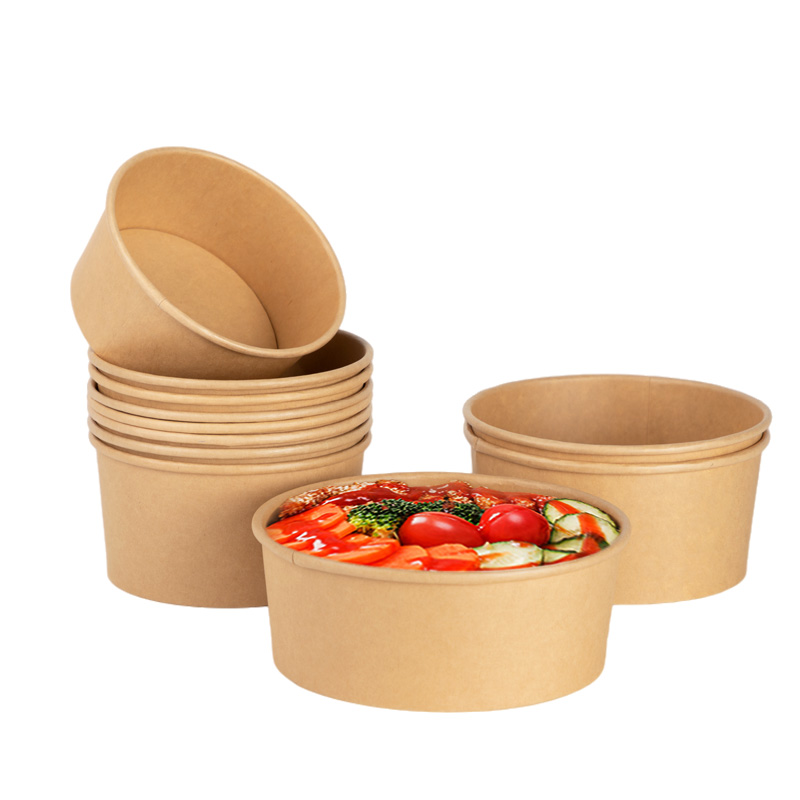Eating plenty of vegetables each day is important for good health.
Vegetables are nutritious and rich in fiber, vitamins and minerals. They also offer protection against a number of chronic illnesses, such as diabetes, obesity and heart disease.
There are two main categories of vegetables: starchy and non-starchy. Starchy types include potatoes, corn and beans, while non-starchy types include broccoli, tomatoes and zucchini.
The key distinction between the two lies in their total content of starch, a type of carbohydrate. However, these vegetables do have a number of other differences.
This article examines the benefits and key differences of starchy and non-starchy vegetables.

What Are Starchy and Non-Starchy Vegetables?
Starch is the main type of carbohydrate in your diet. It’s often referred to as a complex carb, as it is made up of a number of joined sugar molecules. Starch can be found in a range of foods, including breads, cereals, noodles, pasta, as well as starchy vegetables.
However, most vegetables contain only small amounts of starch and are classified as non-starchy types.
Very generally speaking, cooked starchy vegetables, such as potatoes, pack about 15 grams of carbs and 80 calories per 1/2 cup (70–90 grams), whereas non-starchy types like broccoli contain about 5 grams of carbs and 25 calories in an equivalent portion (1, 2). US health agencies recommend eating 2.5 cups of vegetables each day — both starchy and non-starchy types (3Trusted Source).
Here are some common examples for each group:
Starchy Vegetables
- Beans (kidney, navy, pinto, black, cannellini)
- Butternut squash
- Chickpeas
- Corn
- Lentils
- Parsnips
- Peas
- Potatoes
- Sweet potatoes
- Taro
- Yams
Non-Starchy Vegetables
- Beans (kidney, navy, pinto, black, cannellini)
- Butternut squash
- Chickpeas
- Corn
- Lentils
- Parsnips
- Peas
- Potatoes
- Sweet potatoes
- Taro
- Yams
Both Are Rich in Nutrients
Both starchy and non-starchy vegetables boast an impressive nutrient profile.
While nutrient content varies depending on the type of vegetable and the cooking method, all types naturally contain a range of essential vitamins and minerals.
In fact, vegetables are some of the richest sources of potassium, vitamin K, folate and magnesium. These nutrients are particularly important for bone health, heart health and a healthy pregnancy (4Trusted Source, 5Trusted Source, 6Trusted Source).
Vegetables also contain small amounts of other beneficial nutrients, including iron and zinc.
What’s more, they’re loaded with antioxidants — such as vitamins C and E — which are compounds that help protect cells from harmful damage caused by free radicals and oxidative stress (7Trusted Source).
As a result, antioxidants may fight the aging process and reduce your risk of chronic diseases like heart disease, cancer and diabetes (8Trusted Source, 9Trusted Source, 10Trusted Source).













































